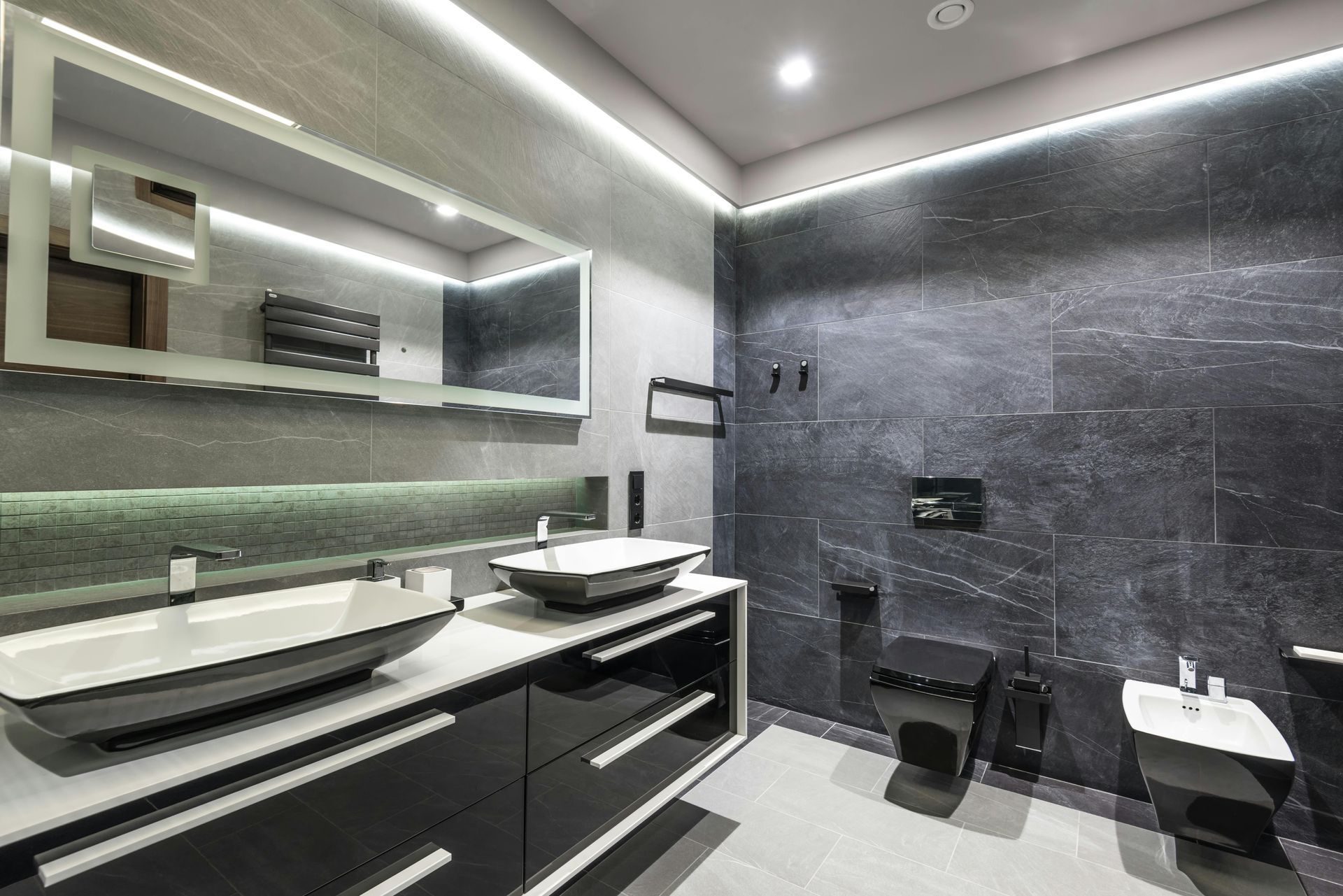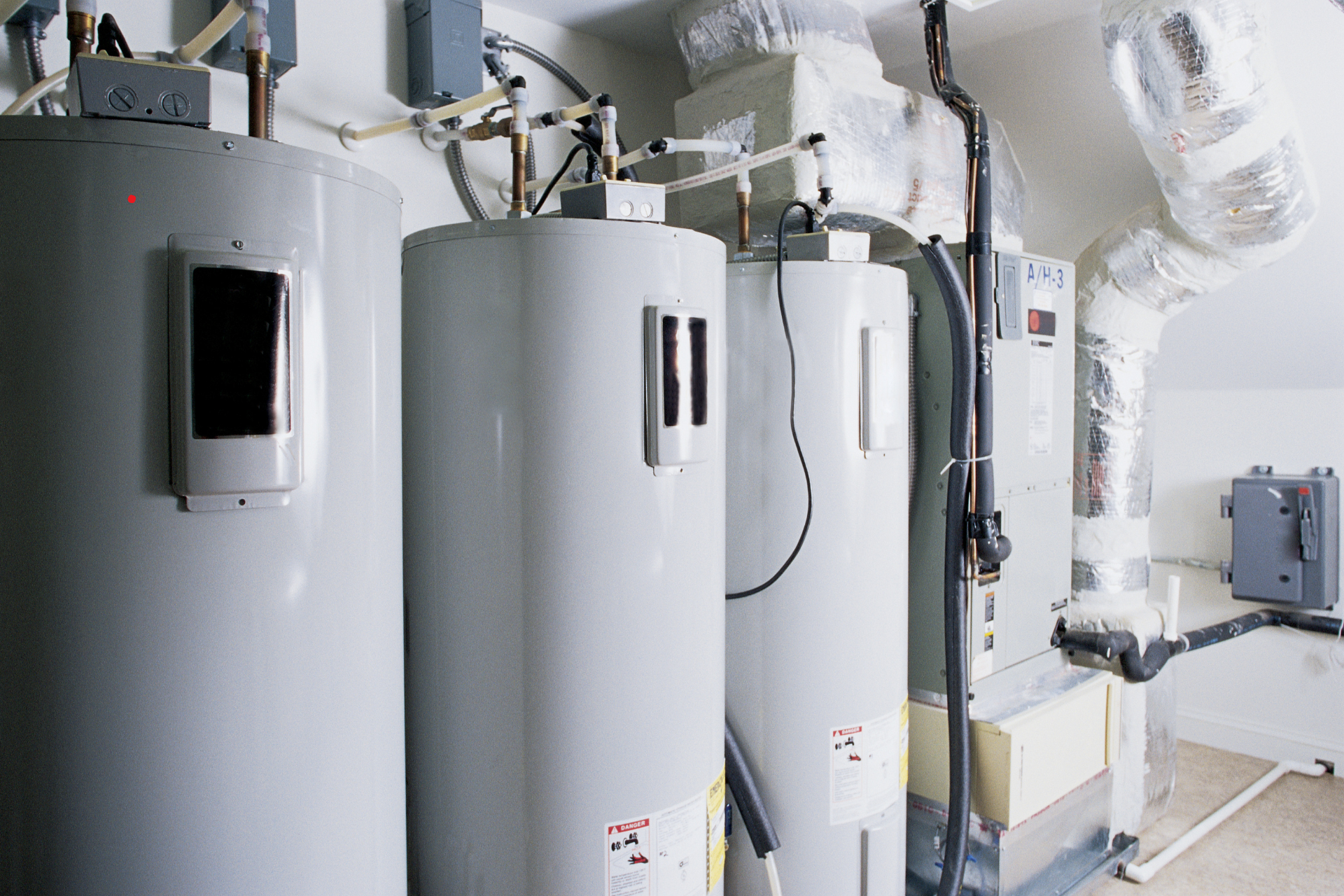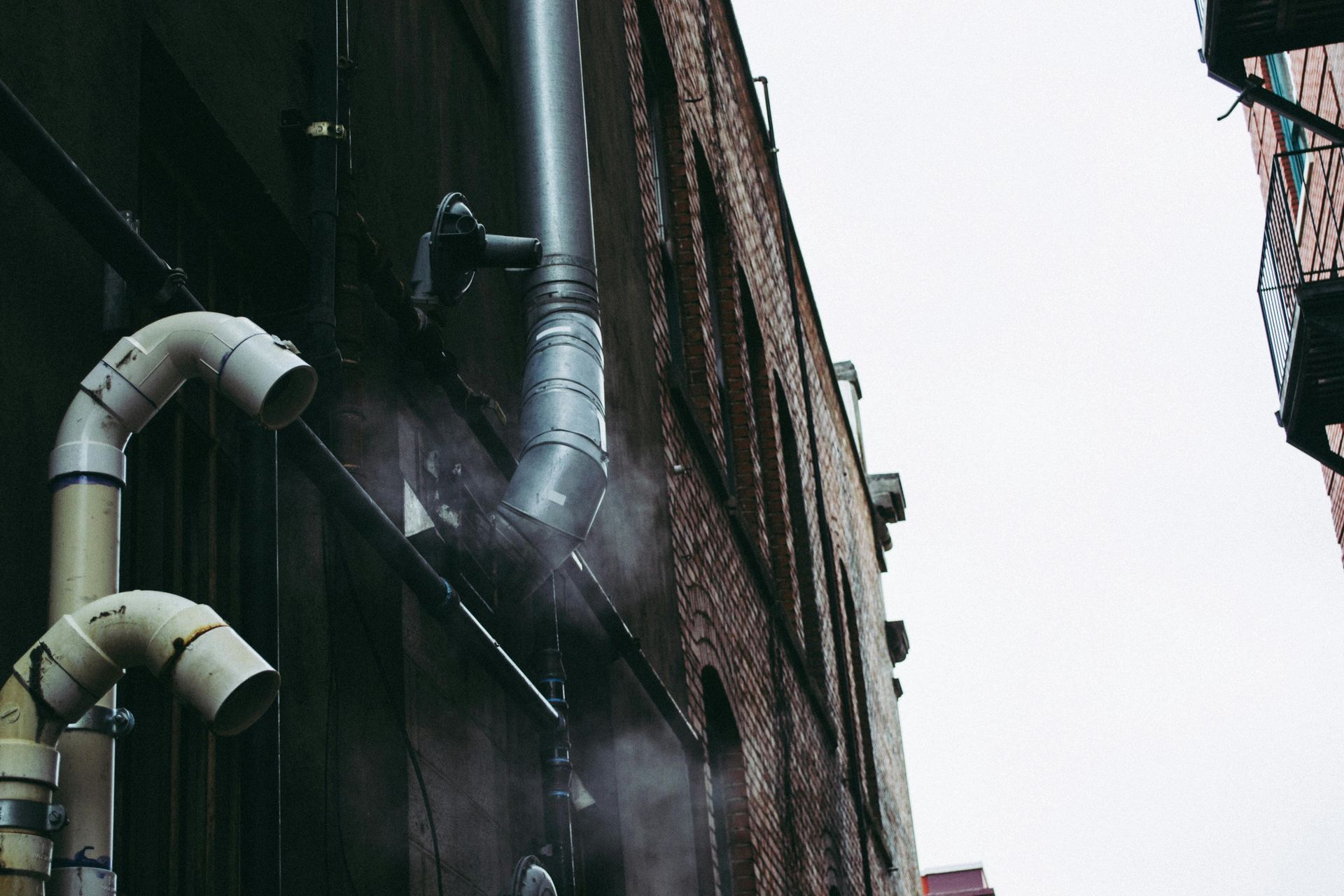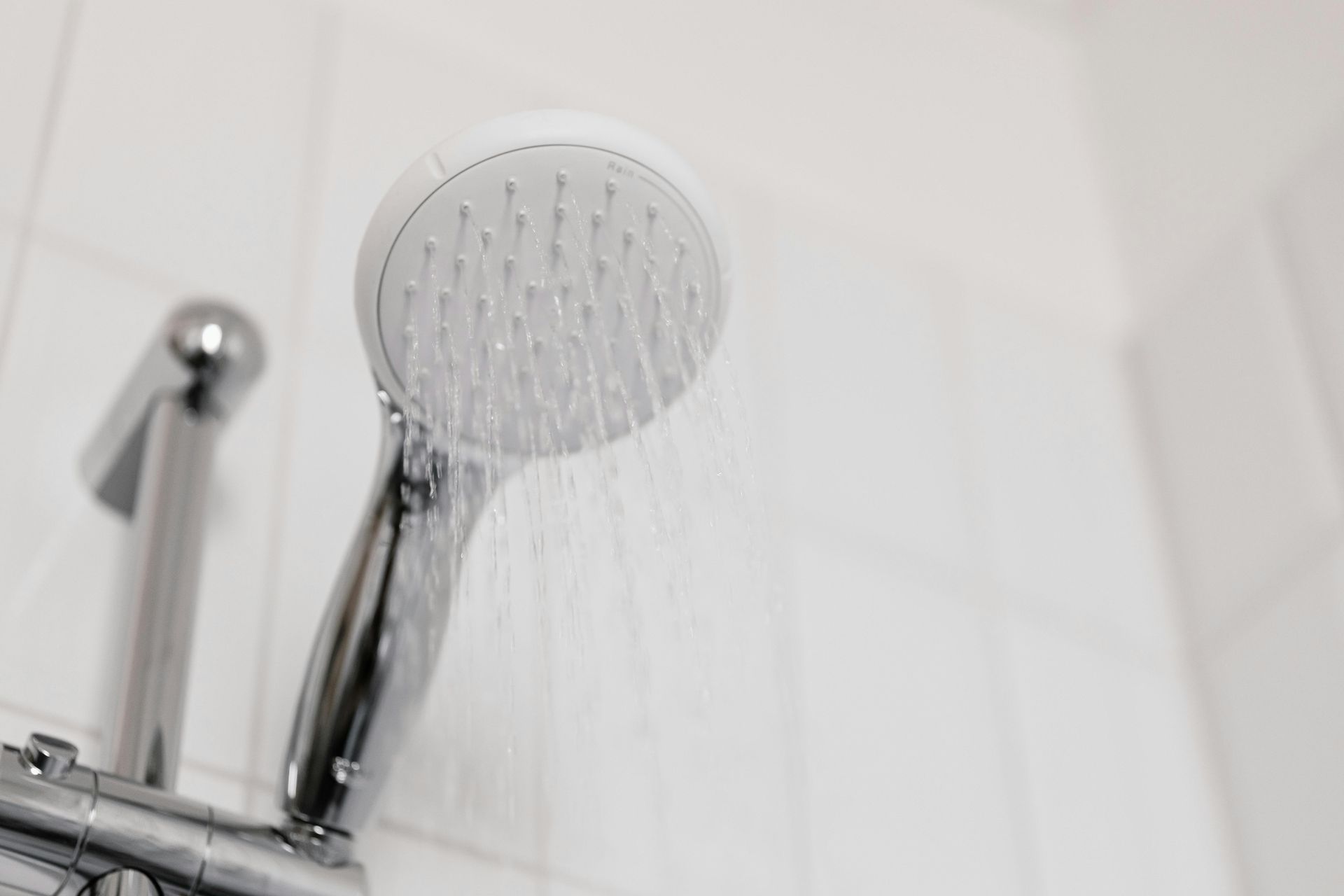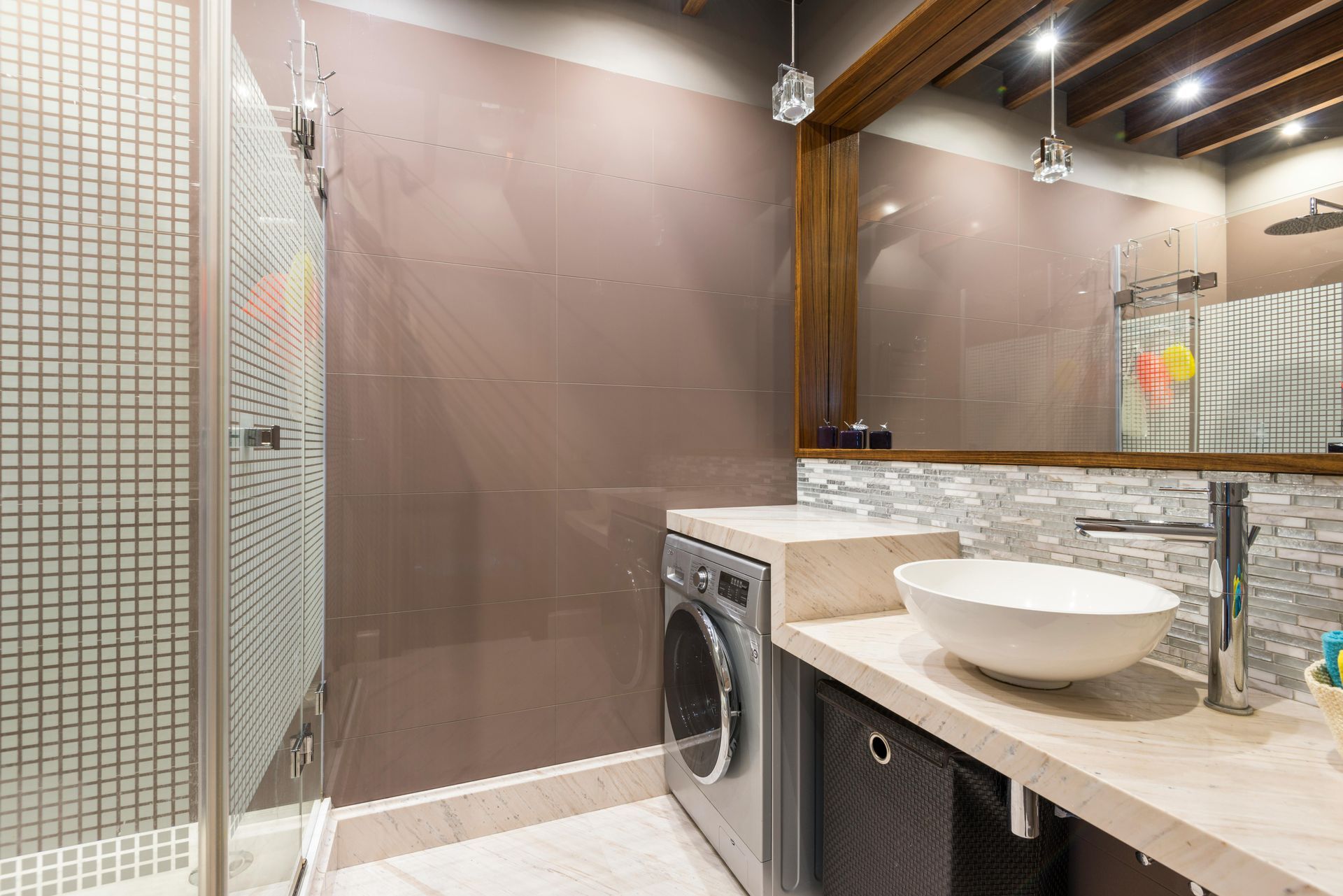Why Toilets and Flanges Crack: Causes You Should Know
A cracked toilet or flange is more than just a cosmetic issue—it can signal underlying problems that, if ignored, may lead to water damage, leaks, or even structural concerns. While these issues might not seem urgent at first glance, understanding their root causes is essential for maintaining a safe and functional bathroom.
What Does a Toilet Crack Look Like?
Cracks in toilets can appear in various forms. The most common is a hairline crack in the toilet base—a thin, barely noticeable line that often starts small but may expand over time. Other times, homeowners discover more visible damage, such as a toilet base cracked near the bolts or along the sides of the bowl or tank. In rare cases, a sudden impact can cause a significant break, making the toilet unusable.
Hairline cracks may not immediately cause leaks, but they weaken the ceramic structure, especially under repeated pressure or temperature fluctuations. That’s why even a small toilet hairline crack should not be overlooked.
Common Causes of a Cracked Toilet
- Impact Damage
Toilets are made from vitreous china—a durable but brittle material. If something heavy falls onto the toilet, especially on the bowl or tank, it can cause a visible crack. - Overtightened Bolts
One of the most frequent reasons behind a crack in the toilet base is excessive force during installation. When the bolts that secure the toilet to the floor are too tight, pressure builds around the base, eventually leading to fractures. - Aging and Wear
Toilets can last for decades, but time takes a toll. Years of use, combined with exposure to cleaning chemicals and thermal changes, can weaken the material. This often results in fine cracks forming at stress points, especially around the base. - Manufacturing Defects
Although rare, some toilets leave the factory with internal stress or flaws that only become visible months or years later. These often appear as subtle toilet cracks that expand gradually.
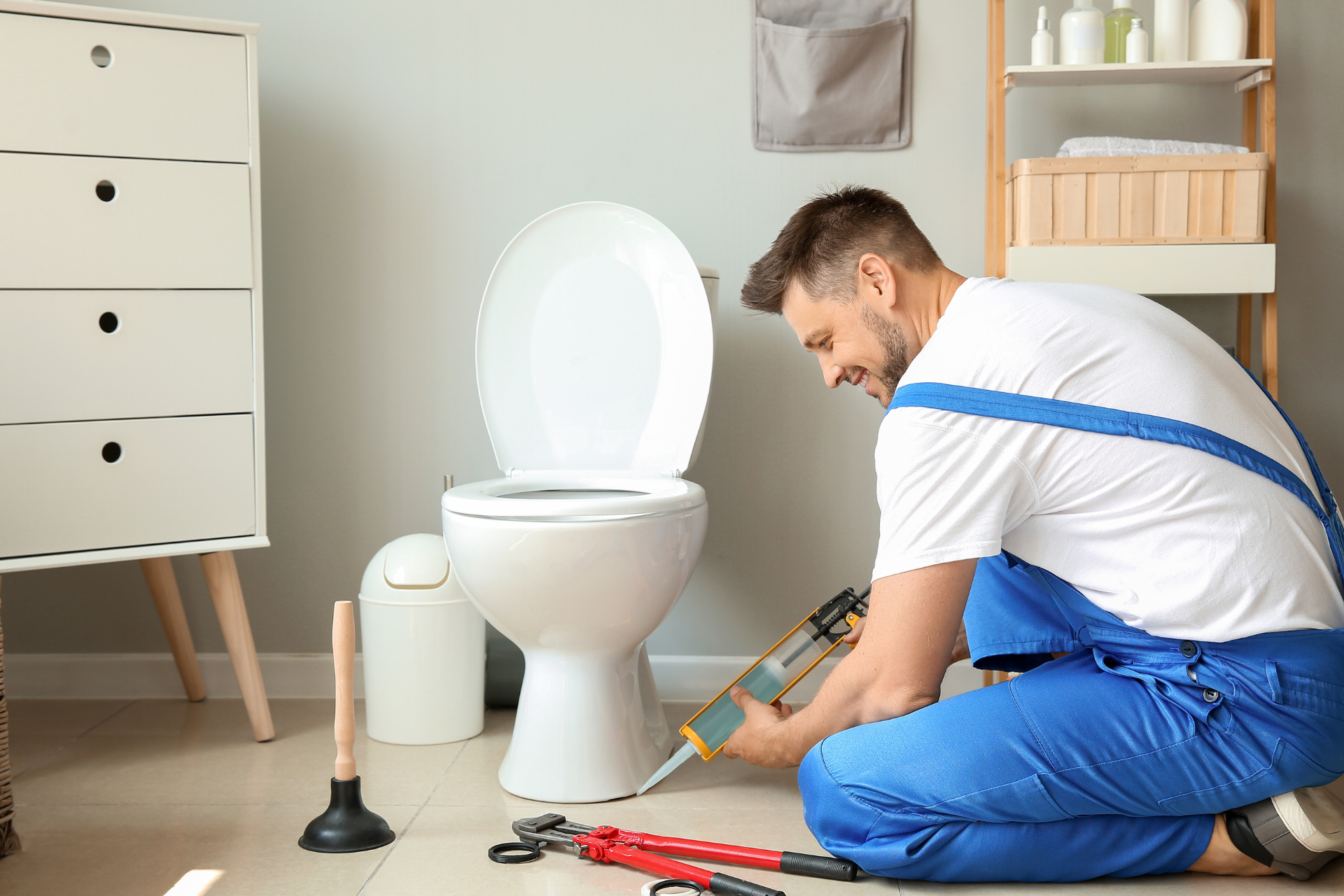
Understanding Flange Cracks
The toilet flange, which connects the toilet to the drainpipe and anchors it to the floor, is another vulnerable component. A cracked toilet flange might not be visible without removing the toilet, but its effects are noticeable: rocking toilets, foul odors, or minor leaks around the base.
Flange cracks are usually caused by:
- Overtightening during installation
- Impact during toilet replacement or removal
- Subfloor movement or settling
- Aging materials like PVC or cast iron becoming brittle
A toilet flange cracked at the bolt location can compromise the toilet's stability and lead to long-term damage if not addressed.
Why Cracks Matter
Even if the toilet still functions, a crack—especially in the base—can allow water to seep out slowly. Over time, this leads to flooring damage, mold growth, or subfloor rot. Additionally, loose toilets caused by flange damage can stress the plumbing connections and create further leaks.
Final Thoughts
While a cracked toilet base or damaged flange may not always demand immediate replacement, understanding the causes behind these issues helps you prevent future problems. Whether it's due to poor installation, material fatigue, or accidental impact, it's important to act before a minor crack turns into a major repair.
If you notice signs of damage or instability in your toilet, it's best to consult a professional plumber. Diagnosing the issue early can save you time, money, and potential water damage. At Fly Plumbing, we’re always ready to help assess the condition of your toilet and advise on the best course of action.
Frequently Asked Questions
How can I tell if my toilet base is cracked?
Look for hairline lines near the base, water pooling around the toilet, or instability when sitting down. In some cases, cracks are visible near the mounting bolts.
Is a cracked toilet dangerous?
While small cracks may seem harmless, they can gradually worsen and lead to leaks, mold, or floor damage. It's best not to ignore them.
Can a cracked flange affect toilet performance?
Yes. A damaged flange can cause the toilet to rock, loosen, or leak at the base. It may also lead to sewer gas odors escaping into the room.

